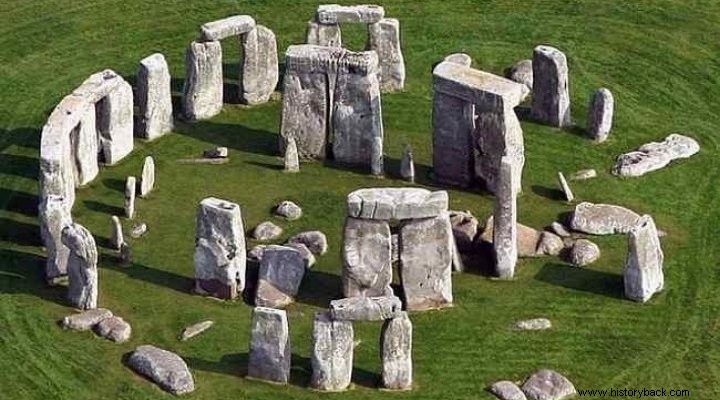
A "unique" prehistoric structure of deep wells forming a huge circle two kilometers in diameter around an ancient settlement near Stonehenge opens new avenues of research into the origins and meaning of the mysterious prehistoric monument, the university of st andrews. Recent research and analysis by a team of archaeologists from several universities has revealed the presence of twenty or more prehistoric wells, more than 10 meters in diameter and 5 meters deep, surrounding the Neolithic settlement at Durrington Walls and its circular fence made of wooden posts.
These wells form a 2km diameter circle around the settlement of Derrington Walls and Woodhenge, 3.2km from Stonehenge. They were excavated around 4,500 years ago, around the time Derrington Walls was built. According to archaeologists, this circle of wells is possibly the boundary of a sacred zone of the Neolithic era, linked to the appearance of the first farmers in Britain and the construction of imposing cult structures.
"However, no prehistoric structure in the UK defines such an extensive area as the Derrington Well Circle, and this structure is to date unique," the statement said. For Richard Bates (Richard Bates) of the School of Environmental Sciences at the University of St Andrews, this discovery "gives us a picture of the past that shows a society far more complex than we could ever imagine".
"Clearly sophisticated practices show that people were in harmony with natural phenomena to a degree that we can barely conceive of in the modern world we live in," says Nick Snashall, an archaeologist at the National Trust, which manages the Stonehenge monument. "As the place where the builders of Stonehenge lived, Derrington Walls is key to interpreting the history of the wider Stonehenge area." The discovery was made without excavation, using remote sensing technology. According to archaeologists, the precise and sophisticated way in which the wells have been placed shows that the inhabitants of Neolithic Britain used a system of calculation, planning and engraving over long distances.
SOURCE:APE-ME
